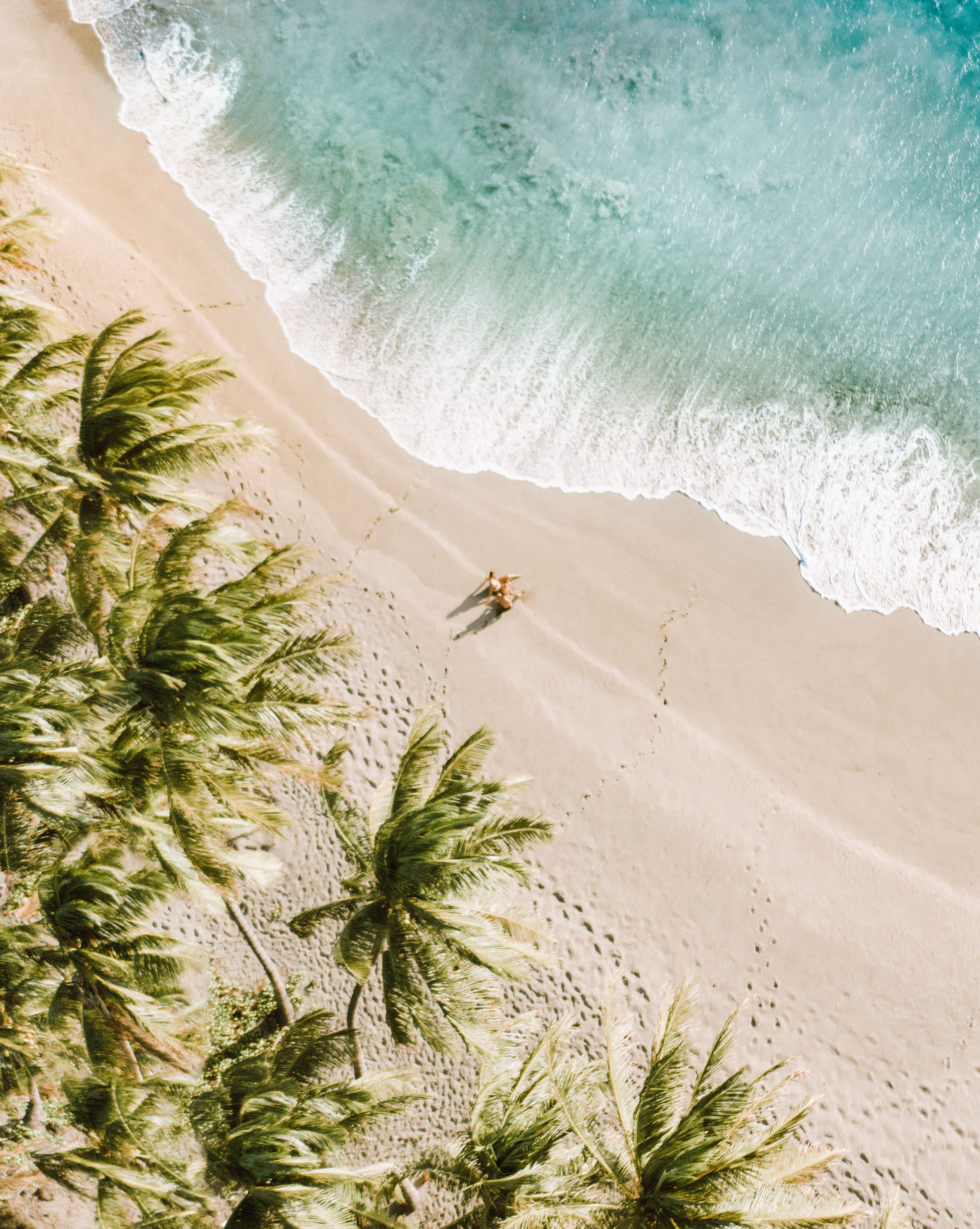 Essential Oils.
Essential Oils.
We hear this subject tossed around A LOT these days.
Which, of course, I love. Because I have used them for half a decade & they have had a huge impact on my life. So when others are talking about them, using them, sharing them–it fills me with a sense of hope that more & more people are grasping to the notion of a more organic, rid-of-chemicals lifestyle!
Here’s a little glimpse into my journey with EOs:
I started using essential oils out of curiosity.
Totally in the DARK.
& what I mean by that, is that I just started buying them from whole food stores or my local grocer or wherever, reading tidbits here & there on blogs and trying to find out how they could help me!
Discovering the benefits of essential oils does not have to be like this AT ALL. Now, five years later, I half laugh/half want to cry thinking about how I went about including EOs into my life!
Here’s why:
There are many different kind of essential oils out there + they are all classified in different grades. I didn’t know this & assumed my grocery store oils were the same as the oils people were ordering from the EO companies I had heard of. . . WRONG!
Instead of letting you search the internet aimlessly like I did, I thought I would share a break down of the difference between each kind of essential oil grade. I’m sharing in hopes that this helps when you go to purchase your oils!
The Four Grades of Oils
1. Grade A or theraputic oils are pure + superior quality. They are usually made from organically grown plants and are distilled at the proper temperatures. “Virgin” soil may also be used.
- This grade is distilled at a low pressure to ensure that the beneficial plant compounds in each batch remain safe and un-compromised.
- This grade is safe to ingest and to be used on all humans at any age
- No fillers or chemicals are EVER added
2. Grade B oils are the most common essential oil and they are sometimes labeled as “pure.” However, they may still contain pesticides, fertilizers, synthetics, extenders, or carrier oils. While Grade B oils are considered “food grade,” I would never recommend ingesting these oils.
- This grade may have been distilled and processed at a HIGH temperature which means it has lost some of its natural therapeutic benefits.
- Think of it in these terms–
If you eat raw vegetables, it’s packed with enzymes + there are a huge amount of nutritional benefits that are great for the body.
Now, if you you cook those same veggies at a high temperature, while it’s still Y U M + good to eat, your body is now missing out on some of those raw nutrients.
This same process happens with oils, if you are heating oils at a high temperature, the oil will lose many of its natural therapeutic benefits! That’s no good. . .
3. Grade C or perfume grade usually contain the same type of adulterating chemicals as Grade B oils. They also often contain solvents (additives) which are used to gain a higher yield of oil per harvest. Solvents are not healthy. Still, these oils are sometimes used in aromatherapy or for making perfume products.
- This grade is strictly made for its scent qualities.
- This grade is the kind you will find at grocery stores, etc.
- For every kilogram of pure essential oil that is produced, an estimated 10 to 100 kilograms of synthetic oil are created (just to give you an idea of how much this grade of oil is distributed).
- You will see that this grade of oil is much cheaper. This is because it has been distilled at a HIGH temperature (meaning all benefits from the oil is now lost) + fillers have been added to make large batches (which mean chemicals have also been added).
- This grade is not organic or safe to ingest.
- You don’t want to diffuse this type of oil, don’t apply much of this grade of oil on your skin + definitely do not put in water/food.
4. Floral Water is a byproduct of the distillation process. It can be very high quality if superior, organic material is used and it comes from a “Grade A” distillation process. However if it is from compromised raw materials and/or a poor distillation process, it will be a very low quality. Floral Water is often used for more expensive oils, such as Rose Oil, since it takes 5000 pounds of roses to make just one 1 pound of essential oil.
- FDA Says Only 5% of Ingredient = ‘pure’
young living essential oils are:
• 100% pure
• Sourced only from known botanical species
• Sustainably grown and harvested
• Grown on chemical-free lands in carefully nourished soil (organic)
• Unmatched throughout the essential oils industry
• So pure and natural, they’re used and recommended by integrative health professionals around the world
I am more than happy to help you along your oily journey! Shoot me an email if I can answer any more of your questions or if you’re interested in changing your lifestyle to reflect a more organic, healthy nature.
When discussing essential oils & their capabilities, I am only speaking of Young Living Eos which are 100% pure without a drop of adulteration or dilution.
We cannot attest to other brands whether they are 100% pure or not.
Remember, if the oil is adulterated at all it will not provide the same results as discussed and very possibly can cause harm.
If you choose to purchase another brand, please make sure to research and make sure your are buying a high quality oil.
warning: my blog is not a resource for providing medical advice. Postings made have not been evaluated by the Food and Drug Administration. Products discussed here are not intended to diagnose, treat, cure, or prevent any disease.
*please note that no results can be promised





















Hi Elana,
Thank you for this comprehensive explanation on essential oils. I will definitely use this when making my final selection.